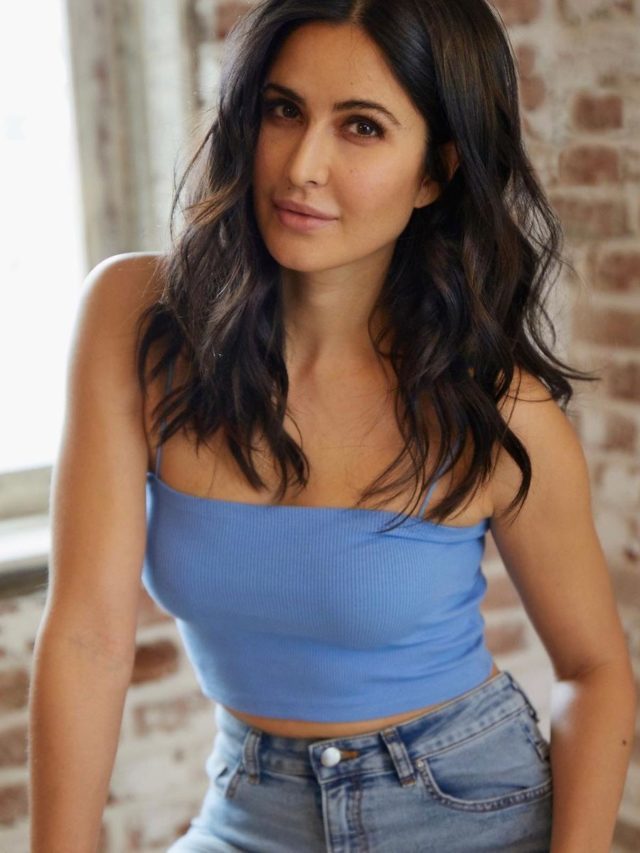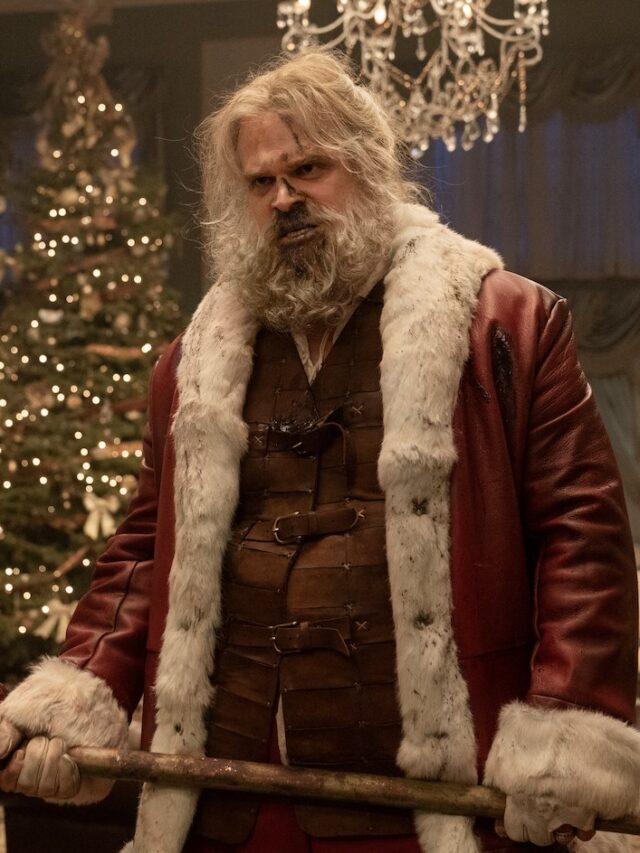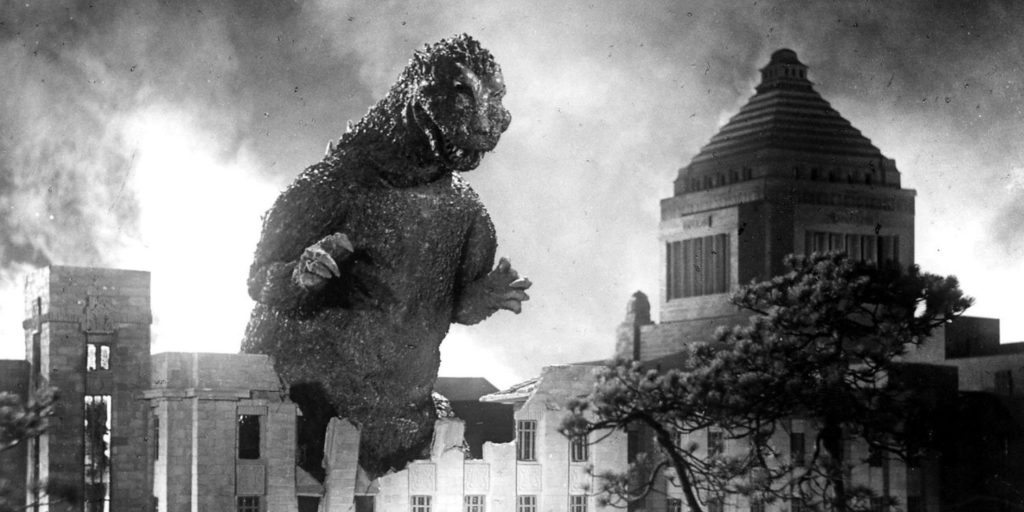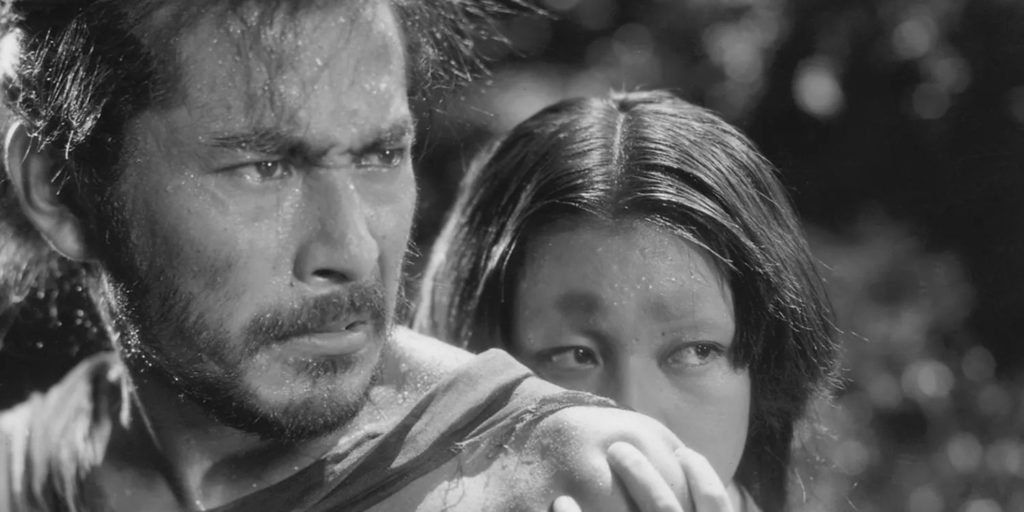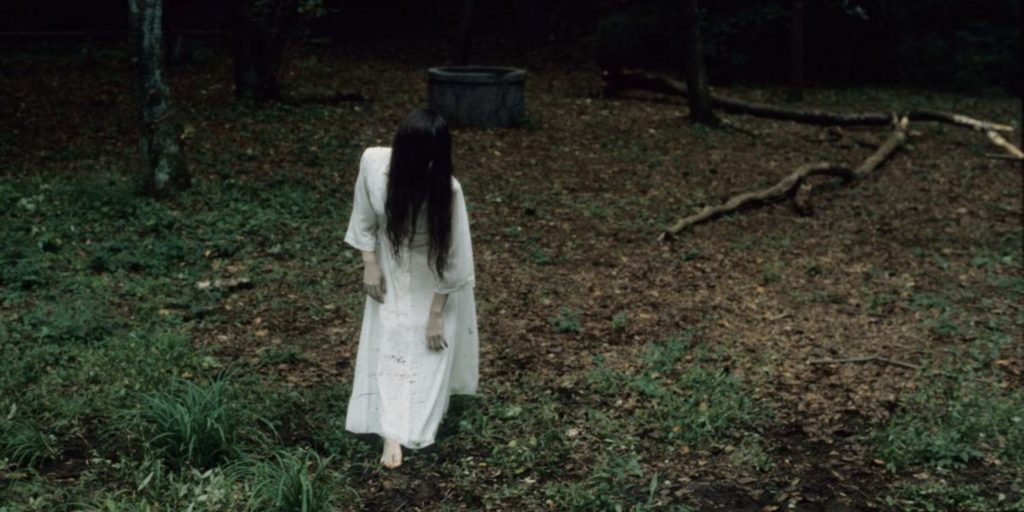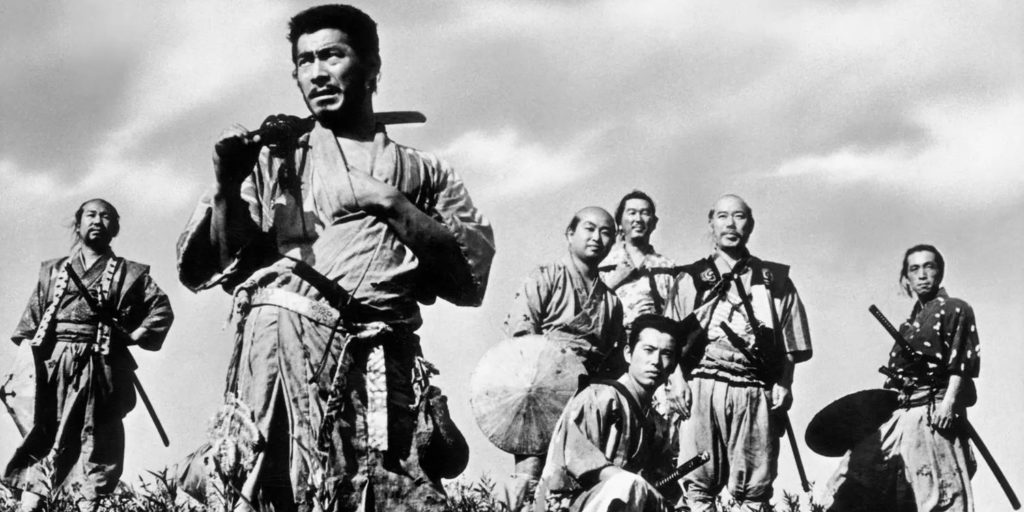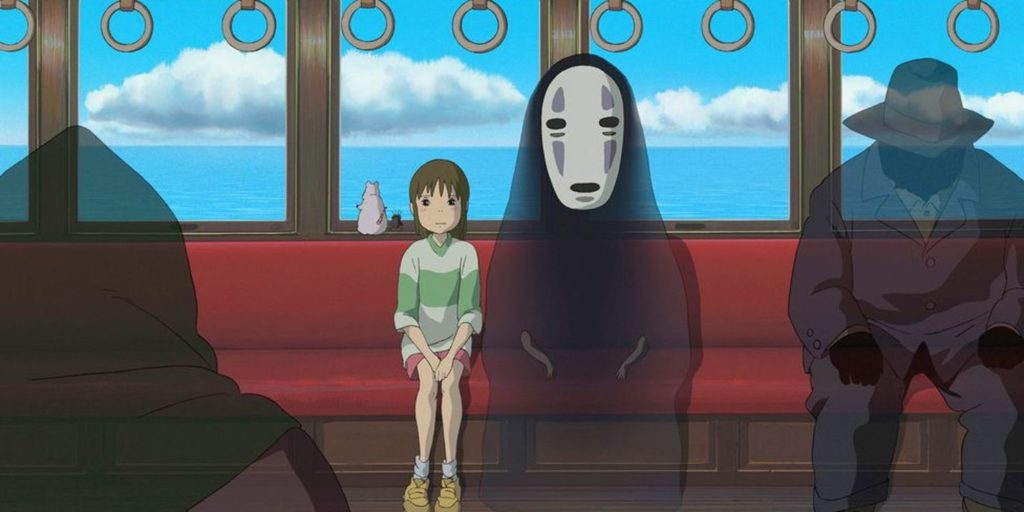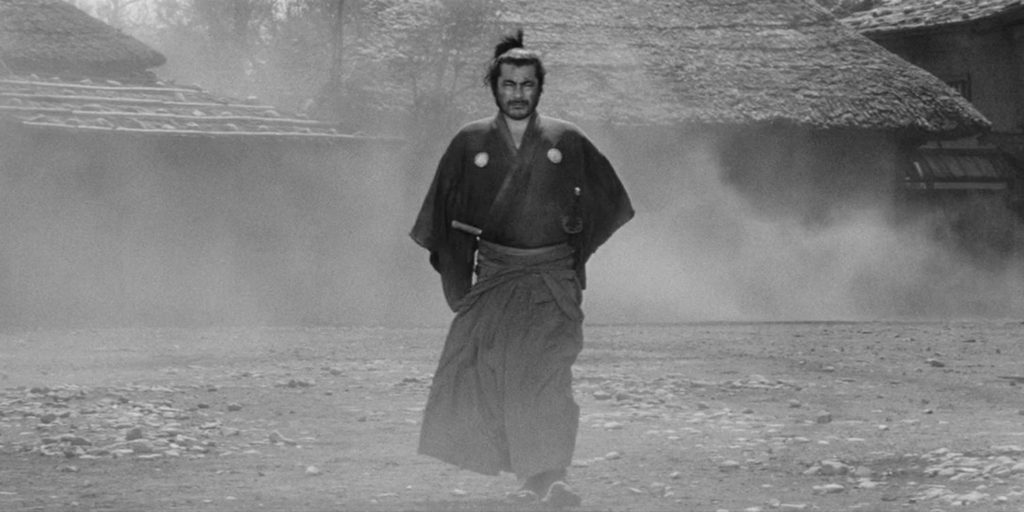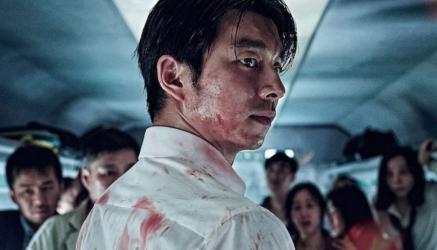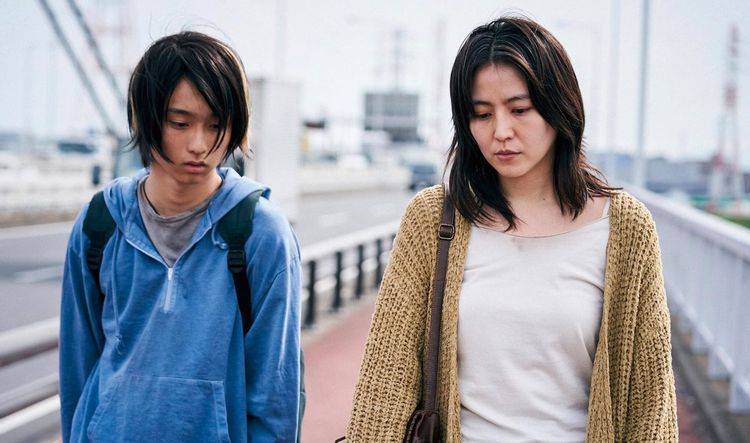Audiences from all around the world have watched decades worth of films that were constructed on the foundation of Japanese cinema, even without knowing the precise titles. After the Second World War, film became a therapeutic medium for Japanese filmmakers to express their genuine opinions and broaden their horizons beyond officially sanctioned propaganda pieces.
Since then, Japan has continued to be a significant and distinctive voice in cinema, providing a distinctive viewpoint on well-known genres. This chronology of historical moments when Japan permanently altered the cinematic environment includes everything from early samurai epics to groundbreaking animation.
Table Of Content
‘Akira’ (1988)
Years after a botched experiment causes the Japanese government to bomb Tokyo, the city has been rebuilt but is still overrun by crime. It becomes a race against time to prevent Tokyo from being destroyed once more when a street gang is drawn into a plot involving more experiments.
Akira beautifully and horrifyingly makes a reflection on the cyclical nature of humanity’s destruction similar to Godzilla from 1954. The movie’s portrayal of a rebuilt city serves as a link between Blade Runner and nearly all subsequent grim sci-fi futures. The world was introduced to the medium’s capabilities and its capacity to produce narratives that go beyond children’s stories thanks to the kinetically exhilarating and frequently graphic action and violence set against a background of serious issues.
‘Audition’ (1999)
Aoyama (Ryo Ishibashi), a widower, decides he’s prepared to resume dating. In order to assist Aoyama in finding the ideal match, his acquaintance in the film industry sets up a phoney audition. Aoyama starts dating the attractive Asami (Eihi Shiina) after falling enamoured with her, only to discover later on that she has her own, more evil motives.
Takashi Miike, one of Japan’s most productive and tireless filmmakers, creates this modern horror classic, widely regarded as his magnum effort. The film’s first half is largely presented in a light manner, making the transition to its second half, which is dark and twisted, all the more shocking (and frightening). Though none of those movies could quite match the shock and terror of Miike’s masterpiece, the horror components of the movie would eventually serve as a model for the “torture porn” boom of the early 2000s.
‘Godzilla’ (1954)
After the atomic bomb, a massive, lizard-like beast emerges from the ocean’s depths and devastates Tokyo. Before any more people are killed, a small group of scientists must figure out how to halt the beast in the midst of the mayhem.
Godzilla serves as a chilling allegory for the fear that engulfed Japan in the wake of the nuclear bombings, and it is still as powerful and dramatic today as it was when it was first released. The skill and sincerity with which the topic is handled is demonstrated by the fact that the entire story is given by a man wearing a rubber and latex suit while still being taken seriously. The original movie is still regarded as the pinnacle of the kaiju subgenre, despite giving rise to one of cinema’s longest-running franchises.
‘Rashomon’ (1950)
Four people are put on trial after a man is discovered dead and a woman has been abused in an effort to learn the truth. As each person tells their narrative to the court, more questions than answers start to come out.
Akira Kurosawa’s early masterwork was overlooked when it was first released in Japan, and it wasn’t until it won an award at the Venice Film Festival that its subtle storytelling and artistic execution were fully recognised. Critics started to acknowledge notable Japanese directors like Yasujiro Ozu and Kenji Mizoguchi from that point on, presenting the rest of the world to the nation’s diverse and quickly expanding cinematic scene. Rashomon would go on to influence scores more movies, including The Usual Suspects, Hero, and The Last Duel, all of which made use of its distinctively organised plot and shaky narration, cementing its place in cinema history for all time.
‘Ring’ (1998)
Reporter Reiko (Nanako Mastushima) launches an investigation after her niece is discovered dead while watching a purportedly cursed videotape. She gets a call after seeing the tape herself warning her that she has seven days to live. Reiko and her ex-husband keep hunting for explanations and the source of the eerie audio.
The American remake of The Ring, which came out in 2002, helped bring this spooky cult classic to the public’s attention, yet Ring stands on its own as an adaptation of the book that is perhaps grimier and more ominous than The Ring. Each terrible set-piece in the novel is given a visceral realism by the direct way it is delivered. It would go on to influence a significant portion of the global horror scene for the following ten years, demonstrating the superiority of haunting images over cheap jump scares.
‘Seven Samurai’ (1954)
A few samurai are enlisted by a hamlet when food and supplies are running low as a result of the regular raids by a bandit clan. Seven ronin are cobbled together, all with separate histories, and they must work together to outsmart the ruthless bandit horde.
Seven Samurai, a three-plus hour epic that moves like a contemporary superhero movie but has the character development and careful direction of a distinguished period piece, is frequently cited as one of cinema’s best triumphs. With a cast of legendary performances, including regulars Toshiro Mifune and Takashi Shimura from the Kurosawa canon, it established the foundation for the unusual partnership dynamic in cinema. The film’s blueprint has been repurposed for decades, from a westernised version of The Magnificent Seven to Pixar’s A Bug’s Life, yet Seven Samurai continues to stand as the masterwork of its own formula.
‘Spirited Away’ (2001)
10-year-old Chihiro (Rumi Hiiragi) and her parents come upon an abandoned amusement park while taking a shortcut to their new house. Chihiro’s parents transform into pigs when the sun sets before they can escape, and she is imprisoned in what now seems to be a bathhouse as well as a refuge for ghosts.
Even though Hiyao Miyazaki is known for his adored animated films, none of them could be compared to Spirited Away in terms of popularity and admiration. It introduced many American viewers to the cherished tradition of Japanese animation and astounded audiences with its richly detailed universe, eccentric characters, and limitless reservoir of creativity. The movie is loaded with brilliantly imaginative visuals that defined an era of animated cinema and yet holds its spellbinding power today, from the enigmatic ghost No-Face to the mythical dragon Haku.
‘The Hidden Fortress’ (1958)
A mystery guy and woman are encountered by two cunning villagers. The visitors, who they do not realise are a princess and a general, respectively, make an offer to the peasants to give them riches in exchange for their companionship in escorting them to safety.
The Hidden Fortress, widely regarded by movie buffs as George Lucas’ main inspiration for Star Wars, is an expansive adventure that was released decades before its time. Though less thematically dense than the majority of Kurosawa’s films, the picture more than makes up for it with masterfully staged action sequences and an excellent sense of scale and spectacle.
‘Tokyo Story’ (1953)
An elderly couple visits their grown children in lively Tokyo after leaving their tiny town. They start spending more time with their widowed daughter-in-law, Noriko, when it seems that their family is all too busy to spend time with them (Setsuko Hara).
The understated masterpiece by Yasujiro Ozu is the result of the director’s never-ending fascination with complicated familial dynamics and generational gaps. In this film, like in the majority of Ozu’s, showy cinematography is shunned in favour of monotonous, unchanging scenes of daily life that are dotted with the director’s distinctive close-ups. The shifting relationships and internal conflicts of the family can be felt directly by the viewer thanks to this visual style, which helps the film’s gently building suspense.
‘Yojimbo’ (1961)
A town that has been taken over by two feuding criminal gangs is visited by a travelling ronin. He implements a strategy over the course of the following several days to liberate the town from oppression by pushing the two gangs against one another.
This traditional ideal of the “wandering samurai” narrative continued Kurosawa’s run of samurai masterpieces from the 1950s into the following decade. Later, the Italian director Sergio Leone would riff on the idea for his spaghetti western masterpiece A Fistful of Dollars, thereby creating a whole new genre. Toshiro Mifune, Kurosawa’s inspiration, uses his wild charm in an otherwise subdued character to create one of the most recognisable samurai heroes in the genre.
Being a binge-watcher himself, finding Content to write about comes naturally to Divesh. From Anime to Trending Netflix Series and Celebrity News, he covers every detail and always find the right sources for his research.


